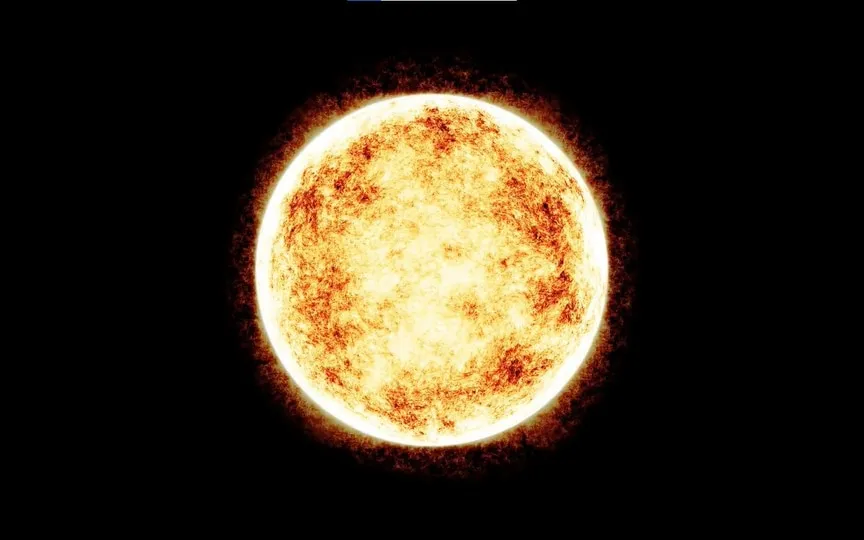Exploring the Impact of Space Weather on Earth in the Last Day
In the past day, Earth has experienced a tumultuous period due to the Sun approaching the highest point of its solar cycle. On November 2, two M-class solar flares occurred on the side of the Sun facing Earth. These flares emitted intense ultraviolet radiation towards our planet, causing temporary disruptions in short-wave radio communication. The impact of these disruptions was observed in both the American and African continents. Furthermore, it has been confirmed that two distinct coronal mass ejections (CME) will hit Earth tomorrow, November 4, potentially leading to a minor solar storm.
A solar storm could strike tomorrow
According to a SpaceWeather.com report, “One and possibly two CMEs could graze Earth’s magnetic field on Nov. 4. Individually, neither CME is particularly significant, but together they could cause a small G1-class geomagnetic storm. This is especially true if one sweeps the other and forms a Cannibal CME.”
This is expected to be a minor solar storm, meaning it will generate aurora borealis and may cause interference to some radio waves, likely resulting in communication disruptions for mariners, pilots, drone pilots and radio amateurs.
Power outages were triggered on Earth
According to the post of the official X handler of Space Weather Live, the Earth was hit by two shortwave radio blackouts yesterday at 17:57 and 23:57. The two triggered separate solar flares. It is unclear if they have released any CME waves, but should know soon.
The role of the NASA Solar Dynamics Observatory
The NASA Solar Dynamics Observatory (SDO) houses a full suite of instruments for observing the Sun, and has done so since 2010. It uses three very important instruments to collect data on various solar activities. They include the Helioseismic and Magnetic Imager (HMI), which measures high-resolution longitudinal and vector magnetic fields across the entire visible solar disk, the Extreme Ultraviolet Variability Experiment (EVE), which measures the Sun’s extreme ultraviolet radiation, and the Atmospheric Imaging Assembly. AIA), which provides continuous full-disk observations of the solar chromosphere and corona in seven extreme ultraviolet (EUV) channels.




